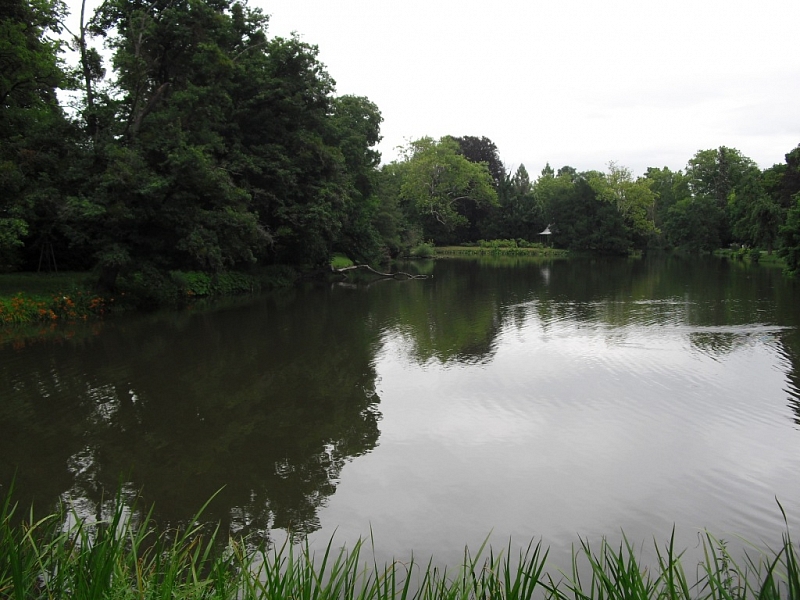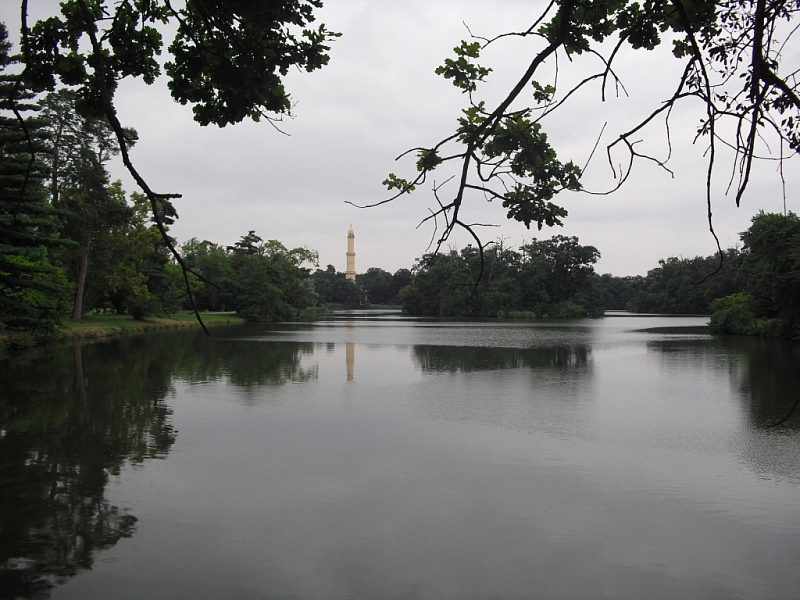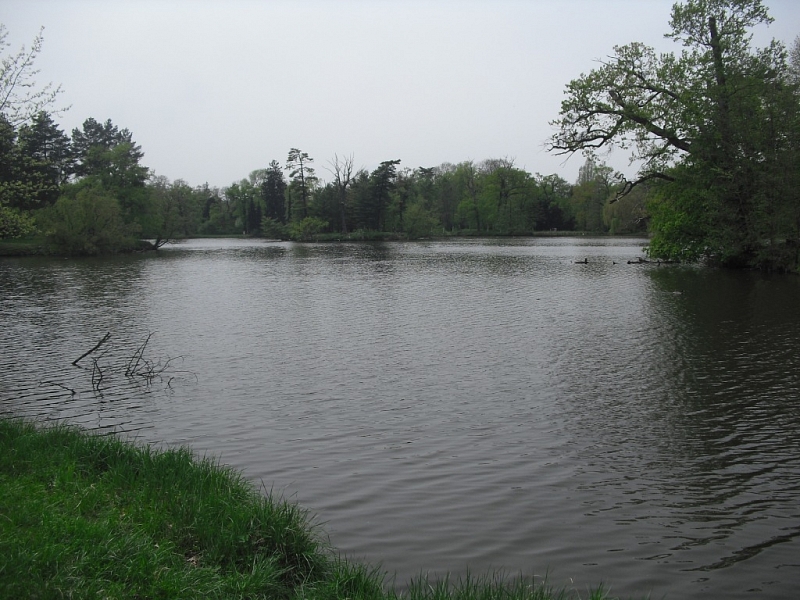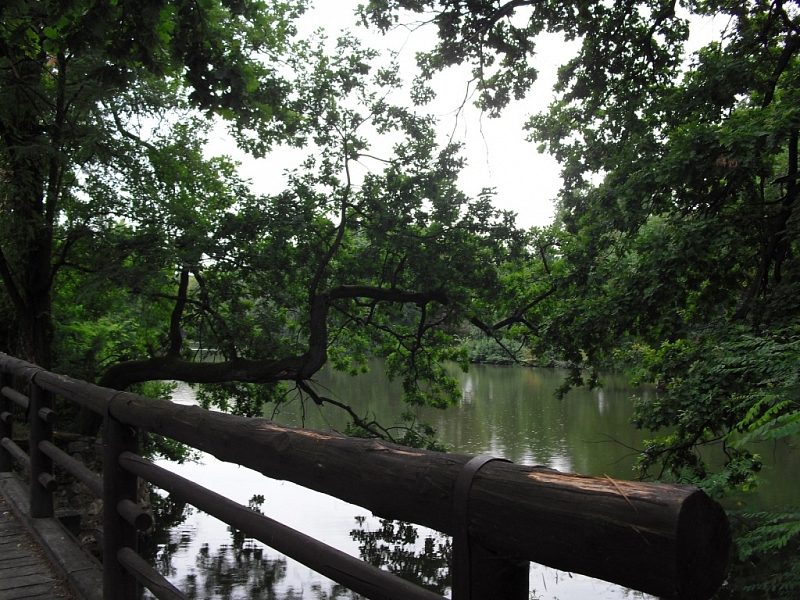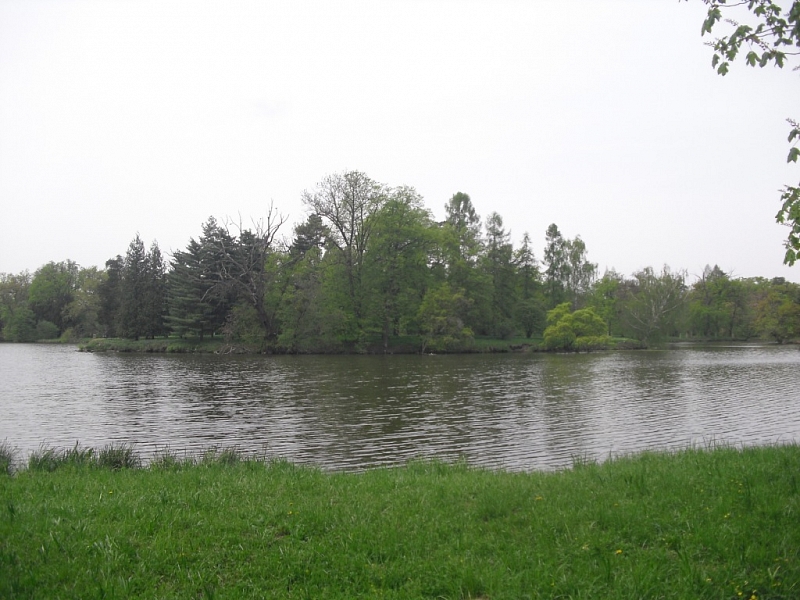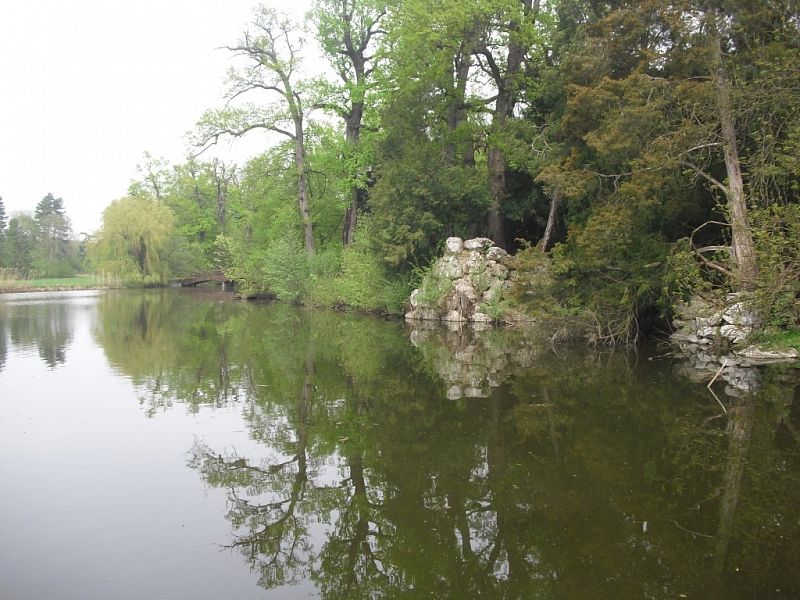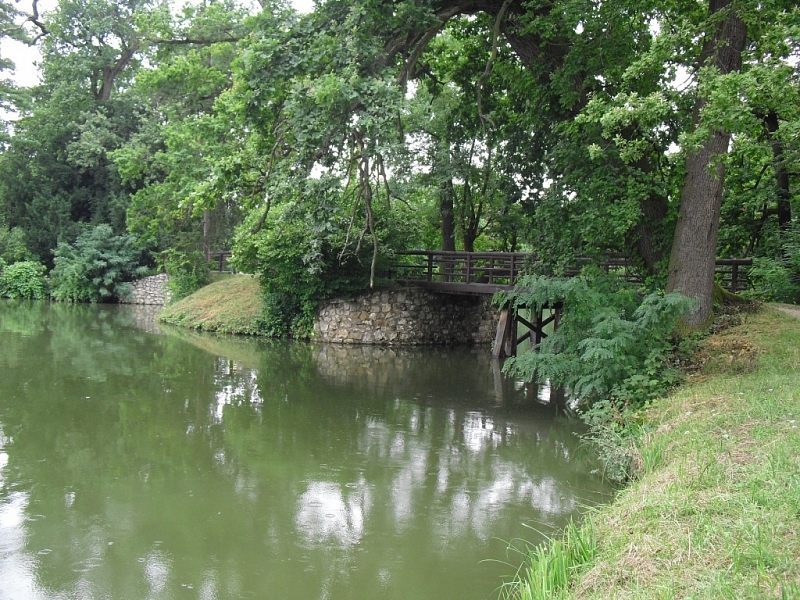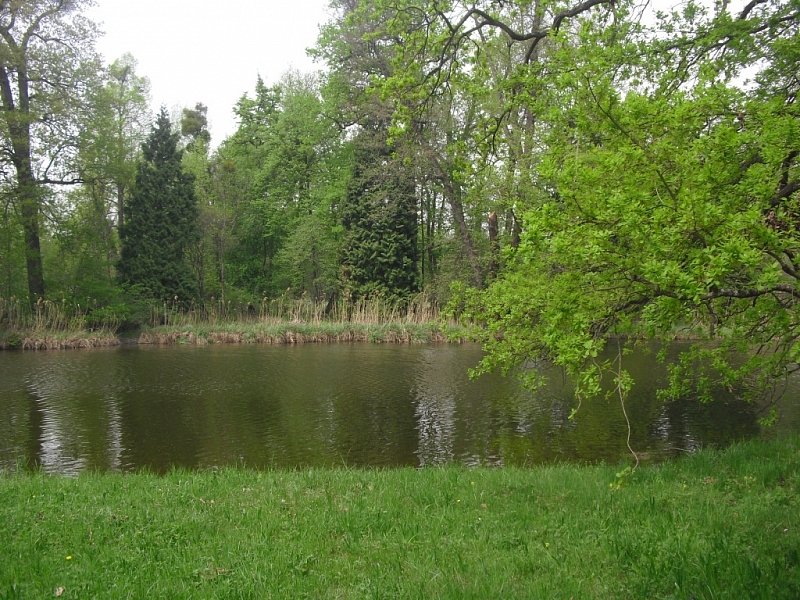Lednice ponds
Lednice in Moravia is not only a beautiful romantic castle built in the spirit of English Gothic, but also Lednice ponds, important for many species of plants and animals. Definitely worth a visit.
Information for visitors
Interesting facts Lednice ponds
The Lednice-Valtice area also includes the Lednice Ponds National Nature Reserve, declared in 1953. An important waterfowl nesting area covers an area of 552.5 ha. The reservation consists of five ponds, four of which are fed by the Včelínek stream. These are the Hlohovecký ponds with 68 ha, Prostřední with 47 ha, Mlýnský also called Apollo with an area of 86 ha and the largest pond in Moravia, Nesyt with an area of 296 ha. The last pond is the Castle Pond in the Lednice Castle Park, which is richly rugged and covers an area of 24 hectares.
Ponds were established in the Middle Ages in a swampy landscape. Originally, the Nesyt pond was even larger and included the small Výtop pond, but today it does not belong to the reservation.
Lednice ponds are protected as an important bird area, but also as an important international wetland under the Ramsar Convention. Birds not only nest here, but also meet here during their annual migrations. It is also an important resting place for bird moves.
The banks of the ponds are overgrown with reeds and cattails, at the Nesyt pond you will find salt-loving flora. The riparian vegetation of all ponds except Nesyt are modified according to the model of English parks and supplemented by exotic woody plants and smaller buildings called salets.
Every year, ponds are summered, which is leaving the pond at least partially without water for the growing season. This also leads to mineralization of pond sediments and, due to the penetration of the bottom, cracking of the layers of settled mud. This helps to aerate the lower layers of mud. Summering has a positive impact on plants and animals, littoral vegetation can regenerate.
Author: Marie Bukovinská
